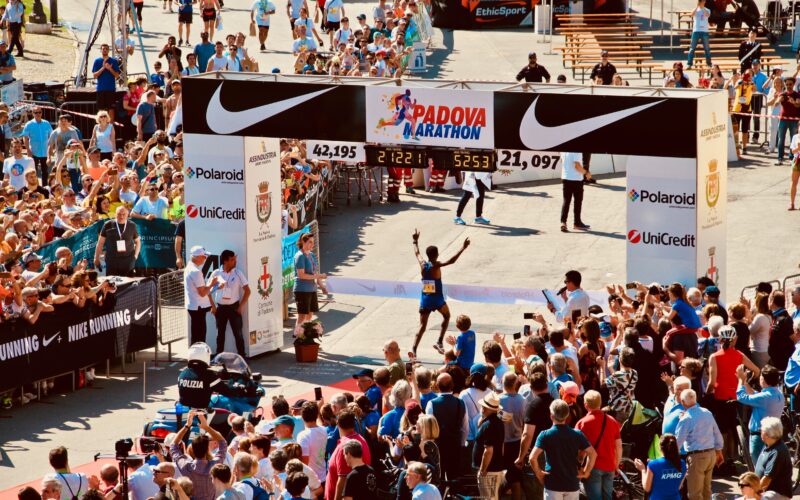For running enthusiasts, conquering the Six Major Marathons – Tokyo, Boston, London, Berlin, Chicago, and New York City – is an exceptional achievement and a dream come true. These world-renowned races draw hundreds of thousands of participants and spectators, each offering a unique blend of culture, history and course challenges. Discover what makes each of the Six Major Marathons distinct as we delve into their highlights, records, and entry requirements in this comprehensive guide.
Tokyo Marathon
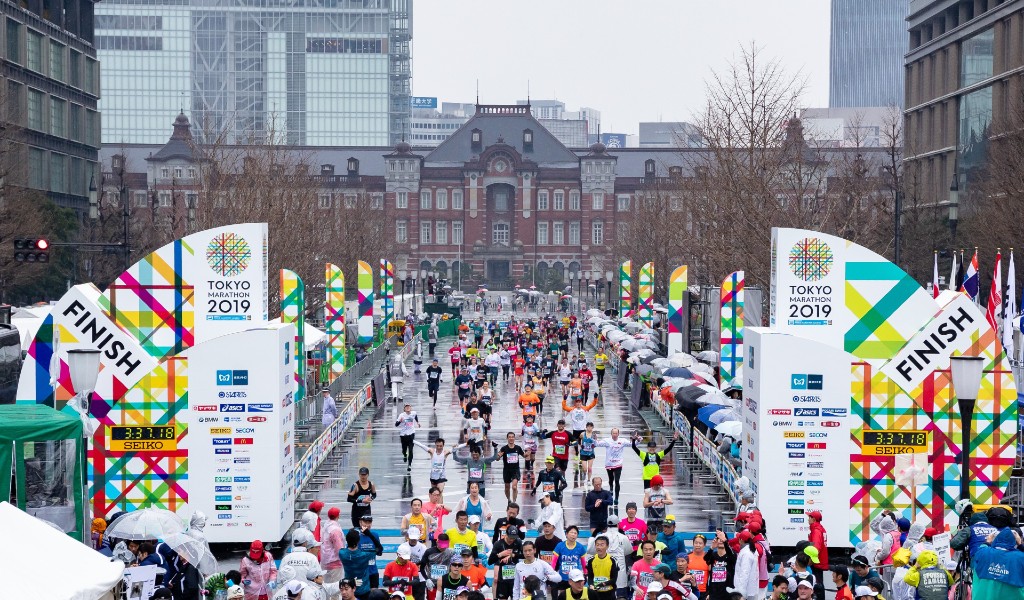
Tokyo Marathon: A modern, exciting race kicking off the calendar year, the Tokyo Marathon takes place on the first Sunday of March and holds the title of the youngest World Marathon Major, launched in 2007. Possibly the most modern of the six marathons, it achieved major status in 2012. Starting at the Metropolitan Government Building in Shinjuku, the course meanders through the city with an almost looped second half replicating the first. Runners can expect to marvel at Tokyo’s rich history, with sights like the Imperial Palace, Tokyo Tower, and the old town of Asakusa. Finally, participants cross the finish line at the Tokyo International Exhibition Centre. The inaugural men’s winner was Kenya’s Daniel Njenga, while Japan’s own Niiya Hitomi took the title for women.
Registration Tips for the Tokyo Marathon: Registration typically begins in August. Speedy competitors may consider Tokyo’s “semi-elite entry” or the Run As One program, which offers an opportunity for international runners to qualify through World Athletics Label, World Athletics Elite Label, or World Athletics Elite Platinum Label marathons. For men, you must complete a marathon within 2:32:00, while for women, it’s 3:19:00. Keep in mind that no age groups exist and faster runners are prioritised.
Boston Marathon

Boston Marathon: A historic tradition celebrated on the third Monday of April, Patriots’ Day in the USA, the Boston Marathon proudly stands as the world’s oldest annual marathon, tracing its roots back to 1897. Inspired by the 1896 Athens Olympic Games marathon event, the race initially featured only male runners. In a turn of events, Roberta Gibb integrated the race in 1966, and women officially joined the ranks in 1972.
The memorable course starts at Hopkinton State Park, highlights several local attractions such as the Ashland Clock Tower, Natick Center Cultural District and The Forever Young statue honouring 61-time Boston Marathon finisher Johnny Kelley. Concluding at Copley Square, the first men’s champion was the USA’s John J. McDermott, clocking 2:55:10, while American Nina Kuscsik holds the title as the first female winner.
Registration Tips for the Boston Marathon: The 2023 registration lasted one week, with all qualifiers invited to register simultaneously, whether they exceeded their qualifying time by 30 minutes or a single second. In previous years, some runners with a qualifying standard did not gain entry due to too many attempting to register. Be sure to familiarise yourself with Boston registration guidelines and frequently asked questions to maximise your chances of entry.
London Marathon
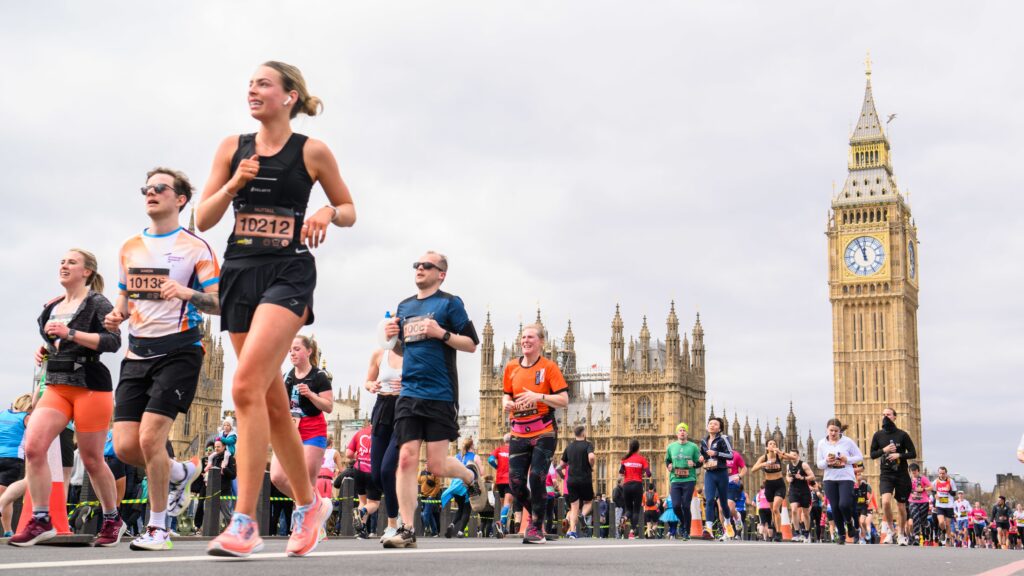
The London Marathon has seen seven world records since its inception and stands as one of the fastest courses globally. First held in 1981, it was inspired by Melbourne 1956 steeplechase gold medallist Chris Brasher after running New York City Marathon in 1979. The course showcases London’s iconic landmarks like the Cutty Sark, London Eye, Big Ben, Tower of London, and Buckingham Palace. The first marathon ended in a tie between USA’s Dick Beardsley and Norway’s Inge Simonsen, with a time of 2:11:48. For women runners, Joyce Smith from the UK emerged victorious in both 1981 and 1982.
Registration Tips for the London Marathon: For aspiring marathoners, obtaining a spot in London relies on lottery entry, open between April and May, with results announced in October. Chances of making it via the London lottery remain in the single digits. However, fast marathoners can apply through a Good For Age entry, which is not guaranteed.
Berlin Marathon
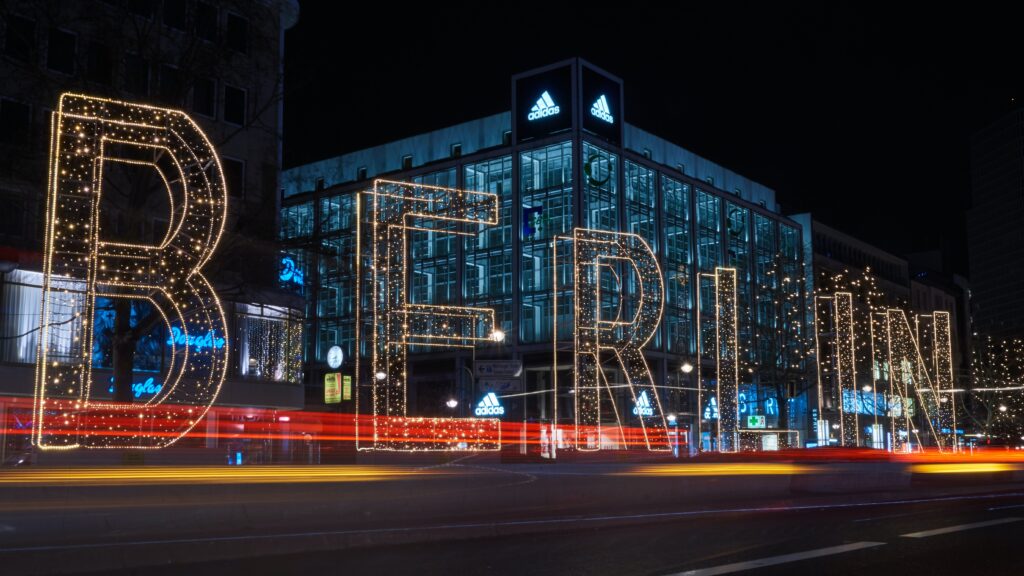
For the fastest Marathon Major course on the planet, head to Berlin, which boasts 12 world records, including the last eight for men. Eliud Kipchoge set the current men’s world record of 2:01:09 here. The last weekend of September marks this event, where runners traverse a flat and swift course starting and ending at the iconic Brandenburg Gate. Local baker Horst Milde introduced the race in 1974, with Gunter Hallas (2:44:53) and Jutta Von Hasse (3:22:01) from West Germany winning the debut race.
Registration Tips for the Berlin Marathon: Berlin’s registration period spans mid-October to early November. Runners with a fast-qualifying time are guaranteed a bib, while the lottery still offers a shot for others, albeit with increasing competition due to the historic, PR-friendly course.
Chicago Marathon

Established in 1977, the Chicago Marathon has expanded significantly from its humble beginnings of 4,200 participants. Today, nearly 40,000 runners, consisting of amateurs and elite athletes, compete in this 42.195 km race that starts and finishes at Grant Park. Enthusiasts enjoy a course that passes by three iconic stadiums in the Windy City, namely Wrigley Field, United Centre, and Guaranteed Rate Field.
The Chicago Marathon has witnessed some of history’s fastest times – including Brigid Kosgei’s world record of 2:14:04 in 2019 – making it comparable to the Berlin and London marathons. The first female winner in 1977, Dorothy Doolittle, completed the race in 2:50:47, while the men’s winner, Dan Cloeter, clocked in at 2:17:52.
Registration Tips for the Chicago Marathon: To participate in the Chicago Marathon, hopefuls enter a lottery with admission drawings occurring between October and December. Guaranteed admission is available to those who have completed the marathon five or more times in the past decade or finished the Bank of America Shamrock Shuffle 8K four or more times since 2008. Additionally, age-specific time qualifiers exist for interested participants.
New York Marathon
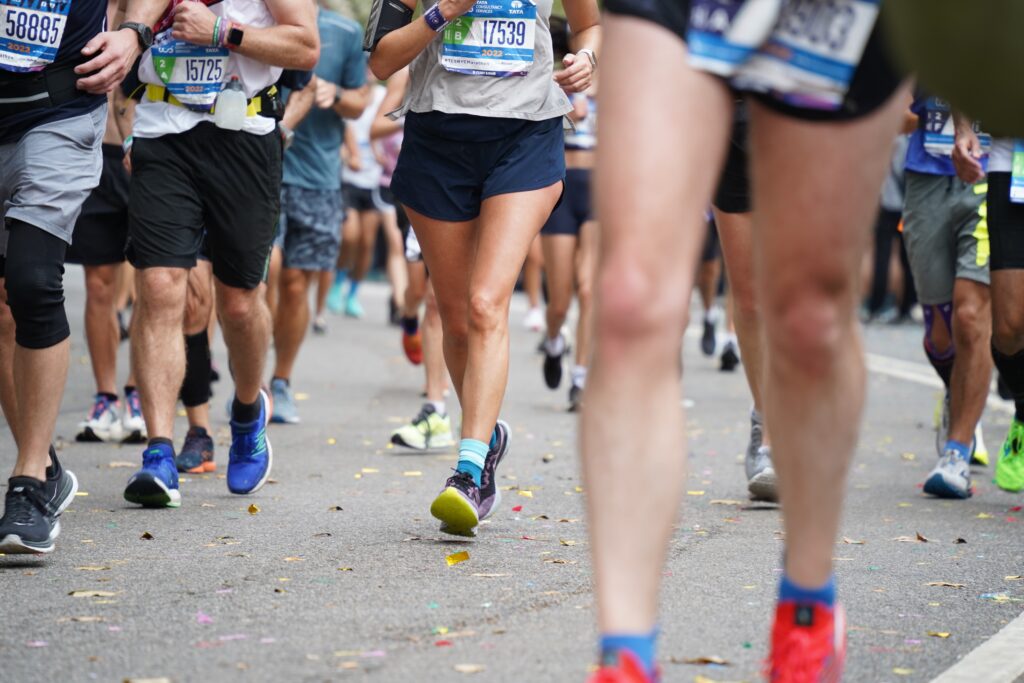
As the world’s biggest marathon, the New York City Marathon features a staggering 50,000 competitors. Beginning in 1970 with only 127 runners, Gary Muhrcke emerged as the inaugural winner with a time of 2:31:38. The first female winner, Anne Beth Bonner, achieved a world record in 1971, completing the course in 2:55:22.
In 1976, a new route was introduced, connecting all five city boroughs. Starting on Staten Island and concluding at the renowned Central Park, this marathon covers five bridges, several challenging inclines, and many of New York’s iconic landmarks. Among the four world records set on this course, Norway’s Grete Waitz remarkably held three consecutive victories between 1978 and 1980.
Registration Tips for the New York Marathon: The New York City Marathon offers a drawing between mid-January and mid-February for those who do not meet the time standards. By joining the New York Road Runners (NYRR) and participating in the 9+1 program, New York City residents can run nine official NYRR races and volunteer once over the year. Lifetime admission is granted to those who have completed 15 or more New York City Marathons.
What Is The Hardest Race To Get Into?
For marathon runners, getting into the London Marathon proves to be quite a challenge. The 2020 race had a staggering 457,861 registrants, a more than 10% increase compared to the previous year. Out of these applicants, approximately 17,500 were lucky enough to secure a spot through the general entry. In all, London Marathon accommodates around 40,000 participants, encompassing charity runners and elite athletes. Therefore, has the greatest opportunity for entry
Which Is The Hardest Race To Run?
When it comes to the difficulty of the run itself, every course comes with its own set of challenges. According to Adams, an experienced marathoner who has run all six major races, Boston and New York City are the most hilly terrains. Boston’s Heartbreak Hill and the bridges in New York City make these races particularly demanding. As for the London Marathon, it stands at a moderate level of difficulty due to the crowded streets and numerous 90-degree turns. Tokyo Marathon may be tough in rainy conditions, but it’s Berlin and Chicago Marathons, which are known for their remarkably flat and expeditious routes.

No matter where you are in your Six Major Marathons journey, always remember to keep chasing your dreams and strive for continuous improvement. As you gear up for your next adventure, continue to share your experiences, learnings, and insights within the running community. Lastly, don’t forget to leave your thoughts and comments below to inspire fellow runners and motivate them to achieve greatness in the world of marathon running.





